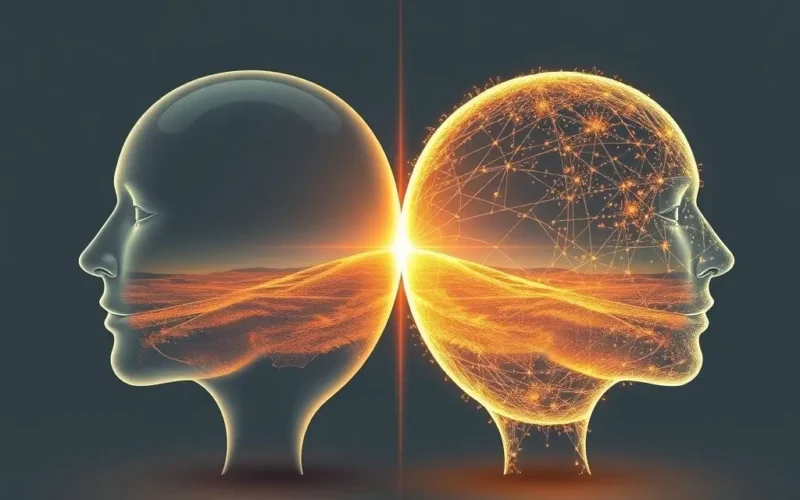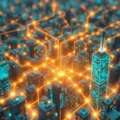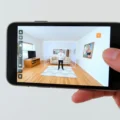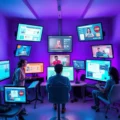Imagine stepping into a world that’s a perfect, constantly updating copy of our own. Not science fiction, but a dynamic, virtual mirror image – a digital twin. This isn’t just a static model; it’s a living, breathing replica powered by relentless streams of data, reflecting the real world in near real-time. And its potential? Mind-bendingly vast, applicable to everything from sprawling urban landscapes to… well, perhaps even you.
Consider cities. Building a virtual doppelganger of an entire metropolitan area, continuously fed live data on traffic flow, energy consumption, air quality, and weather patterns. This isn’t just for show. It’s a powerful tool for city planners and administrators, allowing them to simulate different scenarios – the impact of a new infrastructure project, the best routes for emergency services during peak hours, or how energy usage shifts minute-by-minute. They can test solutions, optimize resource allocation, and predict potential problems *before* they manifest in the physical world. It’s a giant, complex simulation engine dedicated to making urban life more efficient, sustainable, and resilient.
Moving beyond bricks and mortar, the concept extends to individual people. While still largely conceptual and in early stages compared to industrial or urban digital twins, the idea is captivating. Picture a sophisticated personal health monitoring system that evolves into a digital reflection of your biological self, fed data from wearables, medical records, perhaps even genomic information. Such a twin could potentially simulate the effects of different diets, exercise routines, or medical treatments on *your specific* physiology, offering hyper-personalized insights and predictive health analytics. It’s your mirror image, indeed, but one built from code and data, offering the potential for unprecedented self-understanding and optimization.
Before we delve deeper into the fascinating ways digital twins are reshaping industries and peering into potential personal futures, perhaps a quick visual explanation is in order. Check out this short clip:
Table of Contents
What Exactly is a Digital Twin? More Than Just a Model
At its core, a digital twin is a virtual representation or replica of a physical object, process, or system. But here’s the crucial part: it’s *dynamically linked* to its real-world counterpart. This link is maintained through real-time data flows from sensors, devices, and other data sources in the physical world to the digital model. This data updates the virtual twin, allowing it to mimic the current state, behavior, and properties of the real object or system.
Think of it as a continuous feedback loop. Data from the physical world informs the digital twin, which can then be used for analysis, simulation, prediction, and planning. Insights gained from the digital twin can then be applied back to the physical world, enabling optimization and improved decision-making. This constant interaction is what elevates a digital twin beyond a simple 3D model or simulation.
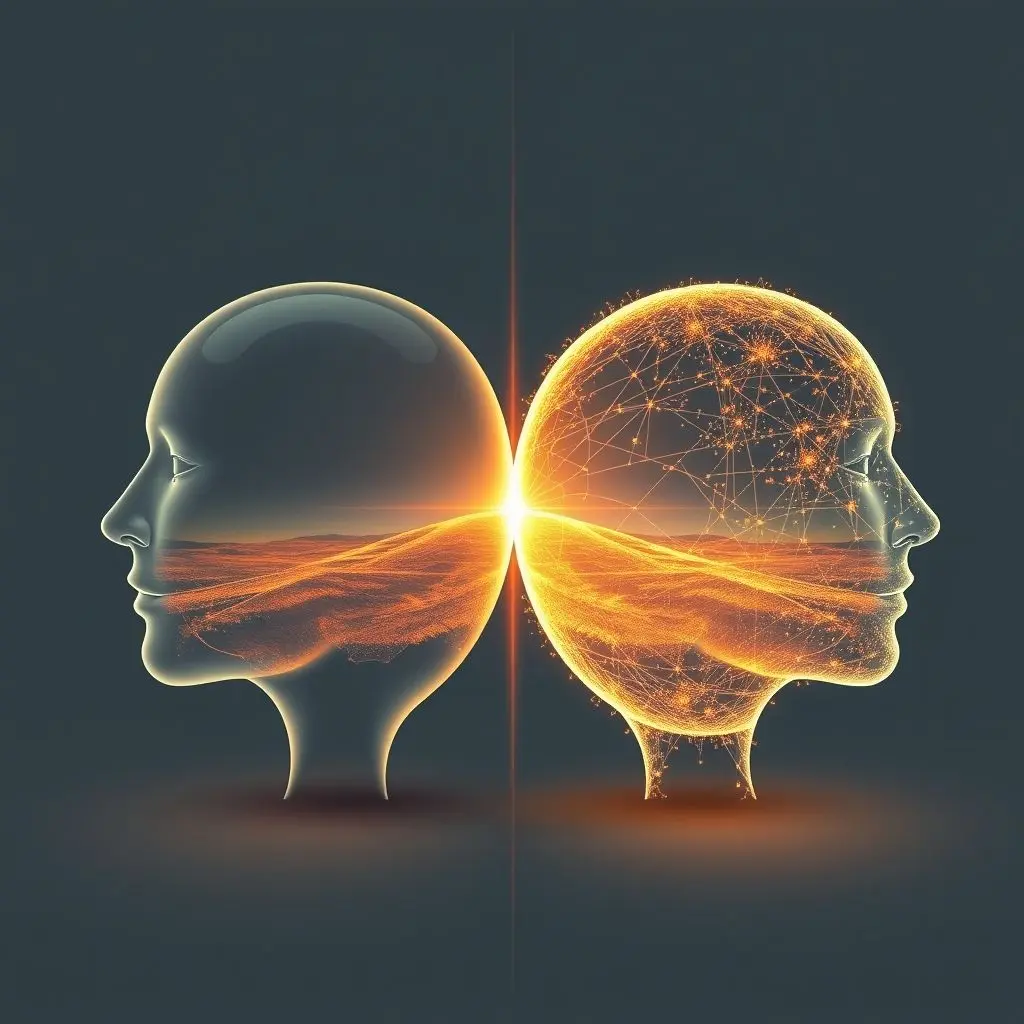
Urban Digital Twins: Building Smarter Cities
One of the most compelling large-scale applications of digital twin technology is in urban planning and management. Creating a digital twin of a city involves integrating vast amounts of data from diverse sources:
- IoT Sensors: Traffic cameras, environmental monitors (air quality, noise), smart meters (energy, water), waste management sensors.
- Geospatial Data: 3D models of buildings, topography, infrastructure layouts (roads, pipes, cables).
- Operational Systems: Data from public transport systems, emergency services dispatch, utility companies.
- Public Data: Weather feeds, demographic information, event schedules.
This deluge of data converges to create a highly detailed, dynamic virtual replica of the city. What can be done with this?
Use Cases and Benefits in Urban Planning:
- Simulation & Scenario Planning: City planners can simulate the impact of new construction projects, changes in traffic light timing, or the effects of climate change (e.g., flood modeling) in the virtual environment before committing resources in the physical world. This significantly reduces risk and cost.
- Infrastructure Management: Monitoring the condition and performance of bridges, roads, and utilities in real-time. Predictive maintenance can be scheduled before failures occur.
- Resource Optimization: Analyzing energy consumption patterns, optimizing waste collection routes, managing water distribution more efficiently.
- Emergency Response: Simulating emergency scenarios (fires, floods, accidents) to optimize response strategies and train personnel. Predicting traffic congestion to guide emergency vehicles.
- Citizen Engagement: Providing citizens with interactive 3D models of proposed developments or real-time data on city performance (e.g., public transport delays, air quality).
- Sustainability Initiatives: Modeling energy efficiency improvements, urban heat island effects, and planning green infrastructure based on data.

Creating and maintaining an urban digital twin is a massive undertaking, requiring significant investment in technology, data infrastructure, and expertise. However, the potential for creating more livable, efficient, and sustainable cities makes it a compelling pursuit for metropolitan areas worldwide.
Personal Digital Twins: A Glimpse into the Future
The concept of a digital twin for an individual person is, for the most part, still in its nascent stages, leaning more towards theoretical potential than widespread reality. Unlike the well-defined parameters of a city or a manufacturing plant, replicating the complexity of a human being is infinitely more challenging.
However, the idea is gaining traction, particularly in the health and wellness domain. As mentioned earlier, a personal digital twin could potentially aggregate data from various sources:
- Wearable Devices: Activity trackers, smartwatches providing data on heart rate, sleep patterns, steps taken, etc.
- Medical Records: Electronic health records, past diagnoses, treatments, lab results.
- Genomic Data: Insights from genetic testing.
- Environmental Data: Local air quality, weather, even data about food consumed (if logged).
Combining and analyzing this data could create a dynamic model of an individual’s health status. Potential future applications could include:
- Personalized Medicine: Simulating how a specific drug or treatment might affect an individual based on their unique biological profile.
- Predictive Health: Identifying potential health risks or the onset of conditions based on data patterns before symptoms appear.
- Optimized Wellness: Providing highly personalized recommendations for diet, exercise, and sleep based on real-time physiological responses and long-term trends.
- Rehabilitation: Creating virtual models of patient progress to tailor physical therapy or recovery plans.

It’s important to reiterate that a comprehensive, truly functional personal digital twin as described is largely a future vision. The technical hurdles of data integration, modeling the human body accurately, and running complex simulations are immense. Furthermore, the ethical and privacy implications are profound.
The Tech Powering the Digital Mirror
Building and maintaining digital twins isn’t magic; it relies on a convergence of powerful technologies:
- Internet of Things (IoT): The backbone, providing the sensor data from the physical world that feeds the digital twin.
- Big Data Analytics: Processing and making sense of the massive volumes of data collected.
- Artificial Intelligence (AI) & Machine Learning (ML): Analyzing patterns in the data, enabling predictive capabilities, automating processes, and improving the twin’s accuracy over time.
- Cloud Computing: Providing the necessary infrastructure and processing power to store, manage, and analyze the vast datasets and run complex simulations.
- 3D Modeling & Visualization: Creating the realistic virtual environment for the twin.
- Simulation Software: Running ‘what-if’ scenarios within the digital twin.
These technologies work in concert to transform raw data into actionable insights within the virtual replica.
Beyond Cities and People: A Versatile Concept
While our focus here is on cities and individuals, the digital twin concept is already well-established and driving innovation across numerous other sectors:
- Manufacturing: Creating digital twins of products, production lines, or entire factories to optimize efficiency, predict equipment failure, and improve quality control.
- Healthcare (Beyond Personal): Digital twins of organs or body systems for surgical planning or medical research.
- Aerospace: Digital twins of aircraft engines or components for performance monitoring and predictive maintenance.
- Energy: Digital twins of power grids, wind farms, or oil rigs to optimize operations and predict maintenance needs.
This widespread adoption underscores the power and versatility of using dynamic virtual replicas to understand, analyze, and improve physical systems.
Challenges and the Path Ahead
Despite the immense promise, the road to widespread digital twin implementation is not without significant challenges:
- Data Management: Collecting, cleaning, integrating, and managing vast amounts of real-time data from disparate sources is complex.
- Security and Privacy: Protecting sensitive data, especially for personal or critical infrastructure twins, is paramount.
- Cost: Implementing and maintaining digital twin solutions requires substantial investment in technology and expertise.
- Data Quality: The accuracy of the digital twin is directly dependent on the quality and reliability of the input data. Inaccurate data leads to flawed simulations and insights.
- Interoperability: Ensuring different systems and data sources can communicate effectively.
- Ethics: Particularly for personal digital twins, questions around data ownership, consent, bias in AI models, and potential misuse of predictive insights need careful consideration.
Overcoming these hurdles requires ongoing technological advancement, robust regulatory frameworks, and careful ethical deliberation. The journey is ongoing, but the potential rewards are significant.
Digital Twin FAQs
Have more questions about this fascinating concept? Here are some common ones:
Q: Is a digital twin the same as a simulation?
A: No. A simulation is a model used to predict future outcomes based on a set of conditions. A digital twin *uses* simulations, but it is a dynamic, real-time virtual replica constantly updated with live data from its physical counterpart. It reflects the *current state* of the physical asset, not just a hypothetical scenario.
Q: What are the key benefits of using digital twins?
A: Key benefits include improved decision-making through data analysis and simulation, optimized performance and efficiency of physical assets or systems, predictive maintenance to prevent failures, reduced costs and risks through virtual testing, and enhanced understanding of complex systems.
Q: How is IoT related to digital twins?
A: IoT devices (sensors, smart devices) are crucial for digital twins as they collect and transmit the real-time data from the physical world that keeps the digital twin updated and synchronized.
Q: Are digital twins only for large objects like cities or factories?
A: Not necessarily. While large-scale implementations like cities or aircraft engines are prominent examples, digital twins can be created for smaller objects too, like individual machines, complex products, or even potentially, as discussed, for people in the future.
Q: What is the future of digital twin technology?
A: The future is bright. Expect increased adoption across more industries, greater complexity and accuracy in the models, enhanced integration with AI for more sophisticated predictions, and potentially, the development of multi-system ‘twins of twins’ for even broader simulations (e.g., a city twin interacting with energy grid twins).
Peering into the Digital Mirror: A Look Ahead
The digital twin is more than just a technological trend; it represents a fundamental shift in how we interact with the physical world. By creating dynamic, data-rich virtual replicas, we gain unprecedented visibility, understanding, and control over complex systems. From optimizing urban infrastructure to unlocking the potential for hyper-personalized health insights, digital twins are paving the way for smarter, more efficient, and potentially more resilient futures. As the underlying technologies continue to evolve, the line between the physical and digital realms will likely blur further, offering exciting, albeit challenging, possibilities for innovation across nearly every aspect of life.
